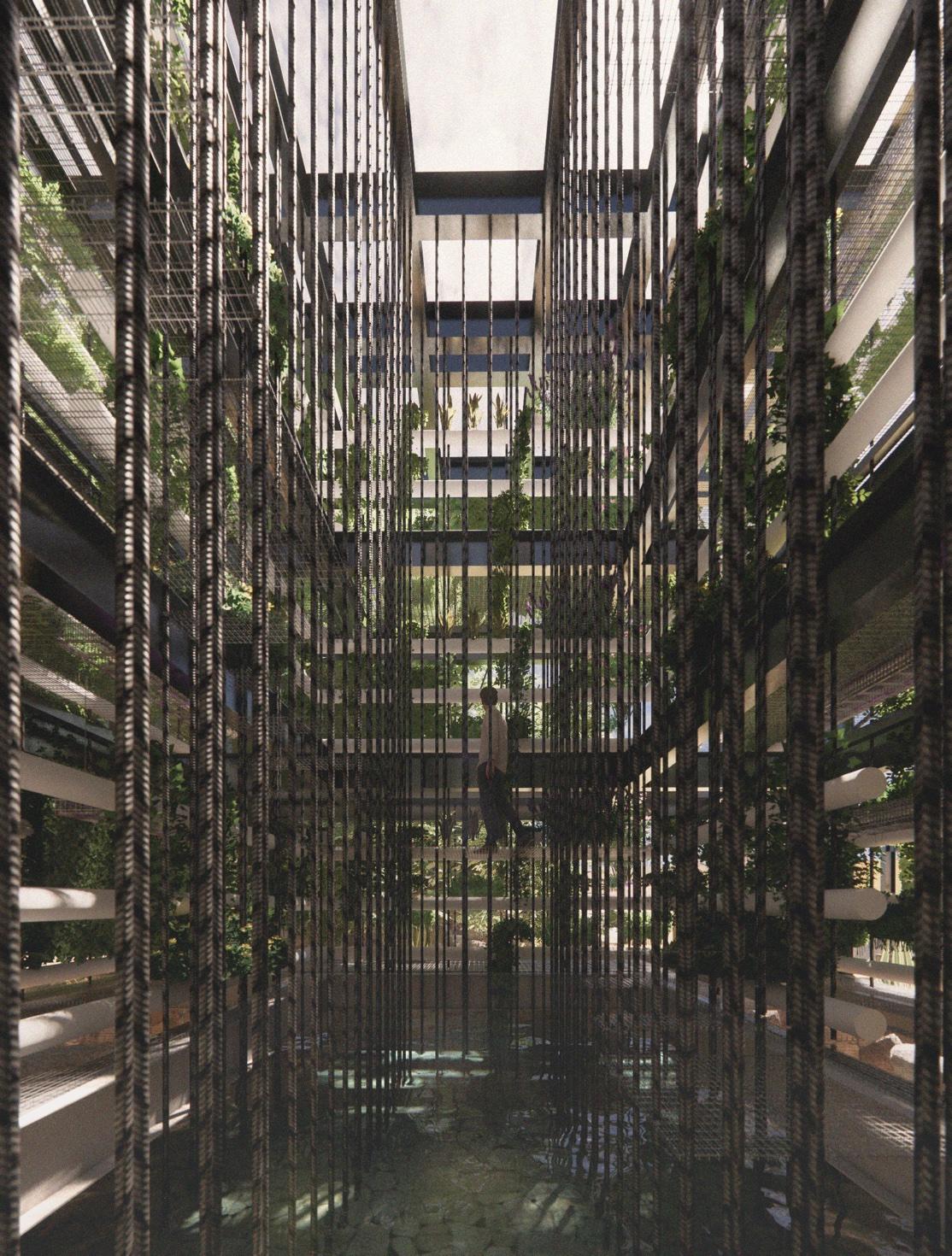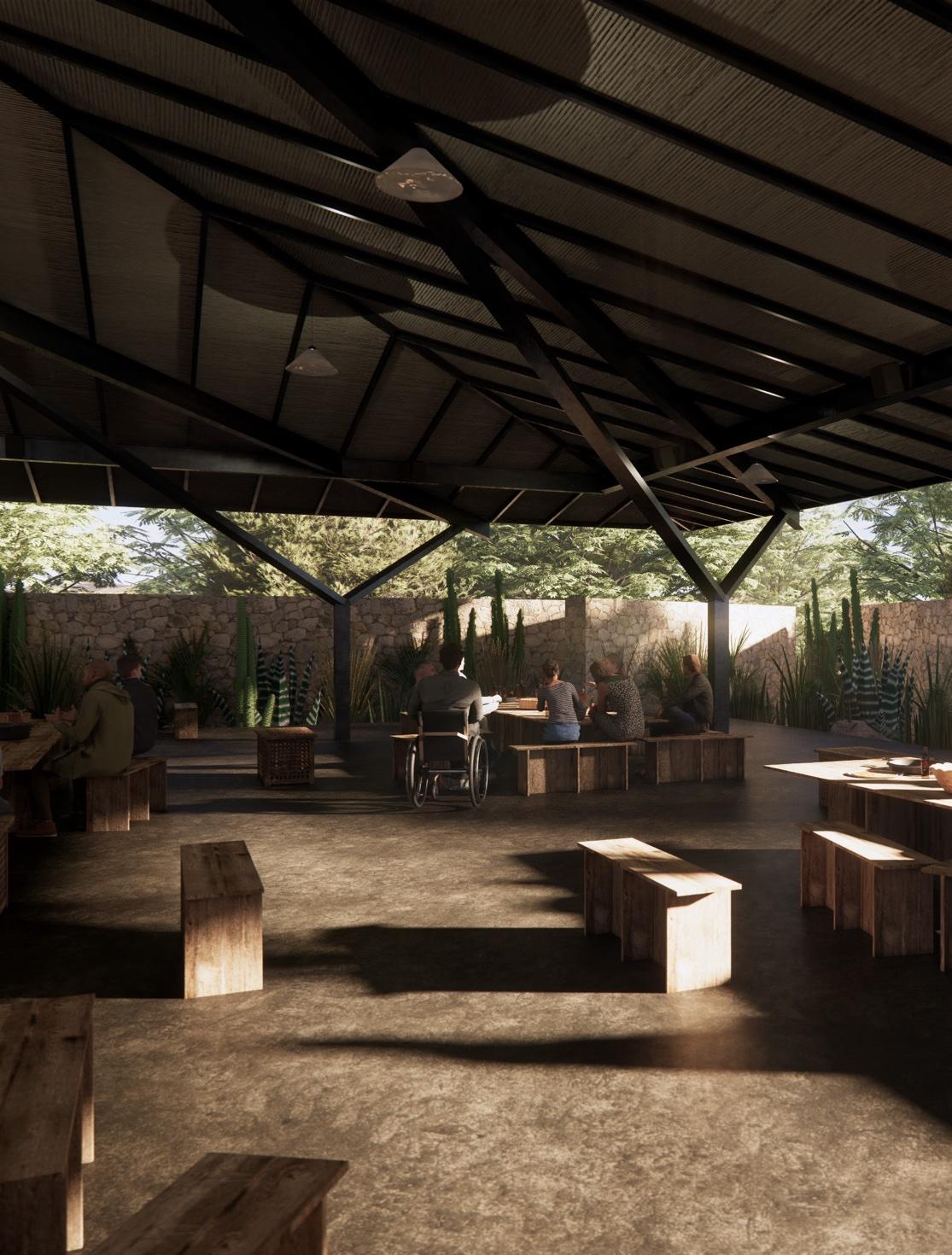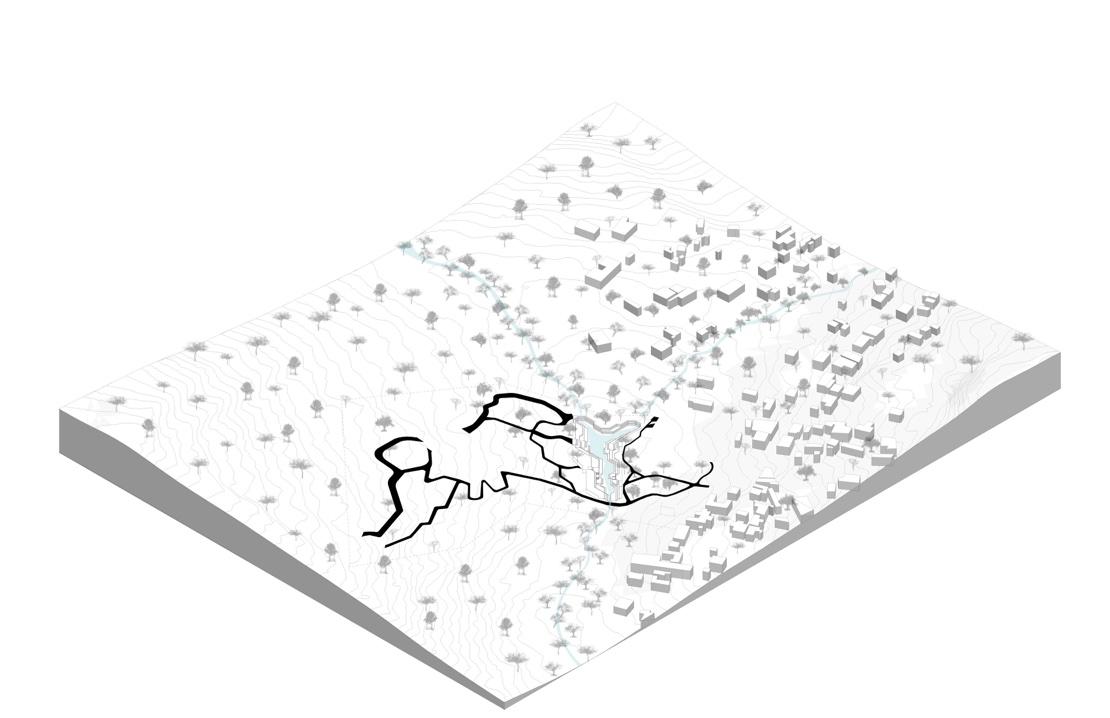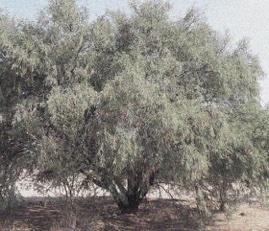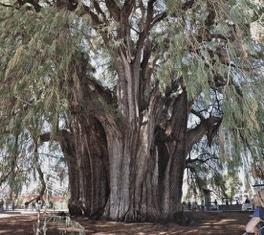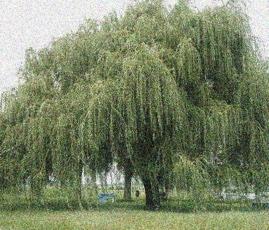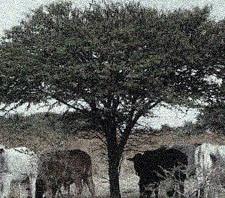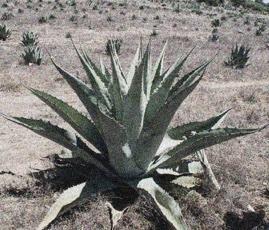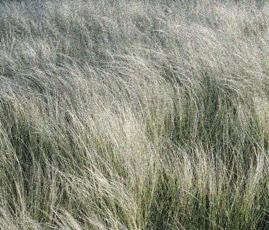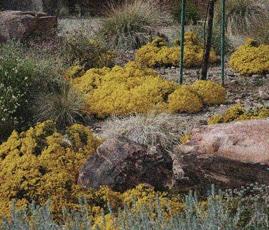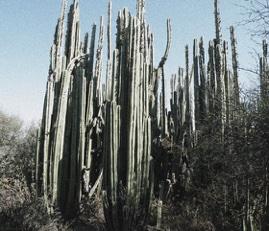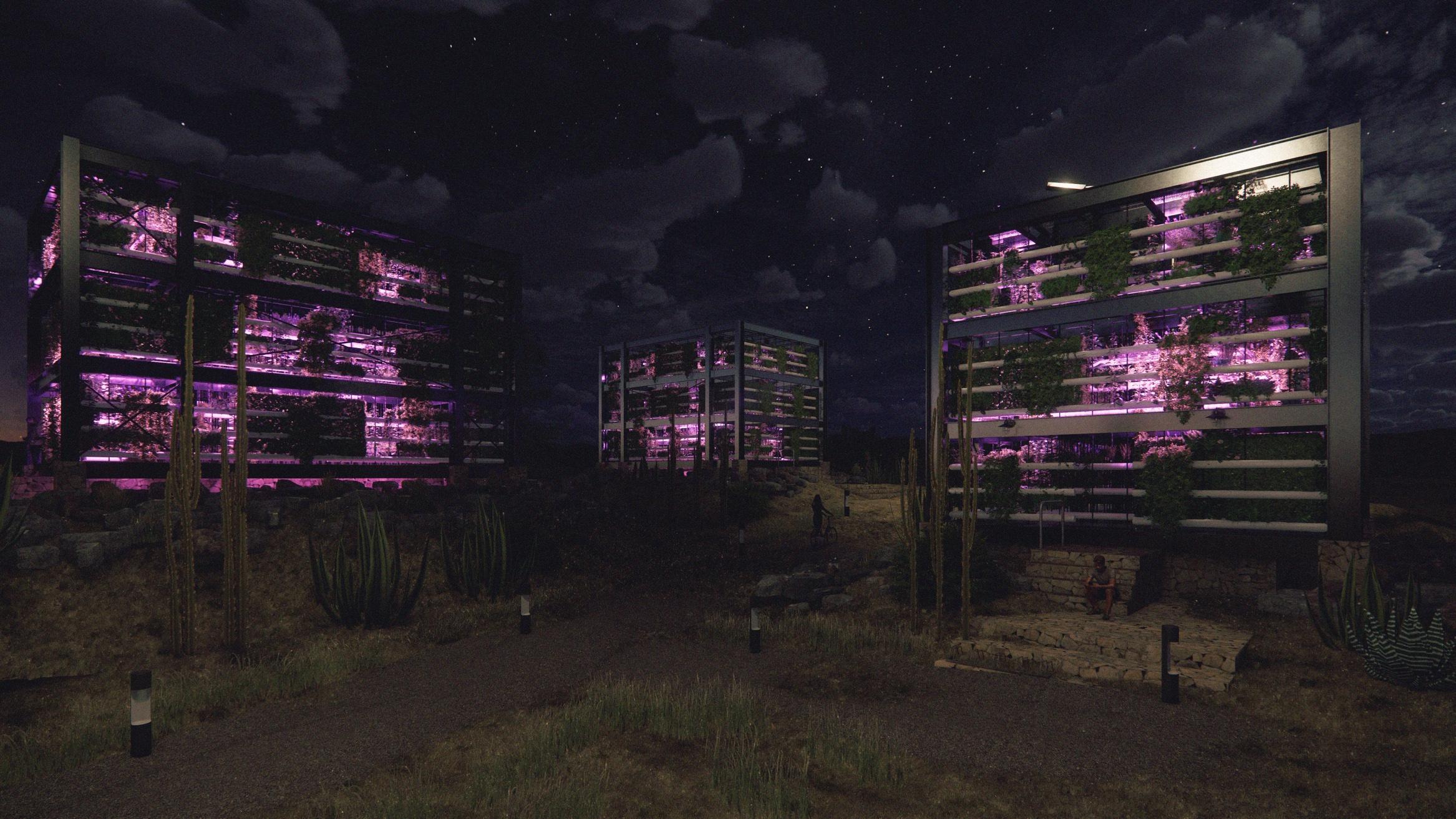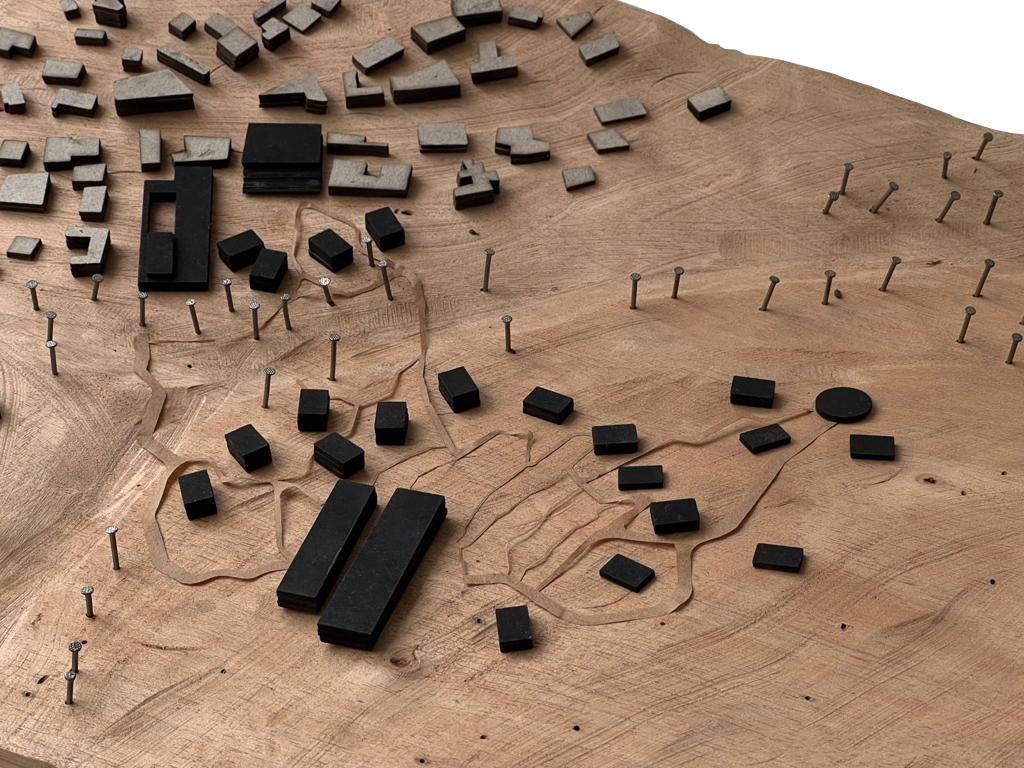SITOPIA
Project for the Future City
Authors
Camilo Antón Estevez
Javier Macias Valenti
Alfredo Ramírez Moreno
Professors
MSc. Urb MaR Diana García Cejudo
Mtro. Arq. Psj. Rodrigo Pantoja Calderón
Dr. Rubén Garnica Monroy
Arq. Agustín Solórzano Gil
Arq. Andrea María Parga Vazquez
Arq. Pedro Mendoza Hernández
Arq. Maria Fernanda Peña Pérez
Advisors
Arq. Daniela Cruz Naranjo
Arq. Luisa Fernanda Medina Martínez


Preface What shapes us?
Chapter 1: Growth Opportunity / Prototype Site Adaptation
Chapter 2: From Urban to Rural Opportunity / Prototype Site Adaptation
Chapter 3: Water Opportunity / Prototype Site Adaptation
Chapter 4: Food Opportunity / Prototype Site Adaptation
Chapter 5: Pilot Relationships / From people to program Plaza
Acuaponics Water Treatment Co-op House Barn Landscape
As a society, we are currently witnessing unprecedented urbanization and population growth. e United Nations predict that by 2050, 68% of the world’s population will live in cities. is rapid urbanization presents many challenges, including increased hydric stress, pressure on natural resources, and significant changes in lifestyles and food consumption patterns.
is project seeks to explore the challenges and opportunities presented by the exponential growth the city of Querétaro, México has experienced in the last 20 years.
e city of Querétaro, has become one of the fastest-growing cities in México, according to a report by the National Institute of Statistics and Geography (INEGI), the city’s population grew from 505,000 in the year 2000 to over 1.2 million by 2021 and this growth is expected to continue.
is growth has brought about challenges, ranging from real estate speculation to the destruction of natural habitats and a lack of urban planning.
e city’s economic development has attracted large-scale real estate investments, that opperate in real estate speculation which has risen property prices resulting in the displacement of low-income families; thus creating exclusive enclaves that exacerbate social disparities.
With a semi-arid climate, Queretaro is also facing significant hydric stress, with limited water resources that are vulnerable to depletion.
According to a report by the Mexican Center for Environmental Law (CEMDA), in 2018, the city approved 2,232 hectares of land for new urban development, most of which were not subject to environmental impact assessments or public consultations. is rapid expansion of the city has resulted in the destruction of natural habitats.
Our project aims to propose sustainable solutions that integrate traditional agricultural practices urban agriculture, and green infrastructure to promote food sovereignty, reduce hydric stress, and create resilient communities




e city of Querétaro, México, presents a sharp contrast between the rural and urban landscapes While the city center boasts a vibrant urban atmosphere, complete with modern amenities and bustling streets, the rural areas surrounding it present an entirely
different lifestyle. Here, traditional agriculture and livestock farming are still the main sources of income, resulting in a slower pace of life.
However, as the city has grown and expanded, a new type of space has emerged: periurban areas. ese are transitional spaces located on the outskirts of the city, where rural and urban landscapes meet
In these areas, there is a mix of traditional farming practices and modern urban development, as well as a variety of potential opportunities for the local population.


Because of the rapid expansion of the urban landscape into rural areas like El Nabo, large chunks of land are left empty. ese periurban areas around the study zone have the potential to create a transition zone between the two contrasting landscapes.
El Nabo is a rural traditional ejido that was founded in the 1950s by inhabitants of Mompani, a nearby town. ey settled here specifically thanks to the fact that their animals were constantly arriving wet when they went grazing. is phenomenon awakened their curiosity and leading them to
investigate, thus finding a small well, currently located in the heart of the community, near the main plaza. At the side of the well where the canal is today, there was a spring where people used to bathe.
us the community was born from water.
Ejido land has become a target for developers due to its low cost and lack of formal land titles. Furthermore, the lack of proper regulation has allowed developers to operate without sufficient oversight, exacerbating the negative impacts of real estate speculation on the region.
Around the 2000s part of the ejido land was sold to a real estate developer, DRT, the company who bought the land then developed it into Cumbres del Lago, a private residential enclave for the uppermiddle class.
To decentralize our city bringing economical opportunity to the outskirts
e migration of people from rural to urban areas has been a global trend for several decades. While this migration can bring opportunities for economic and social advancement, it can also lead to the loss of cultural identity and the homogenization of the
population. As people move to urban areas, they often leave behind traditional ways of life and cultural practices, which are replaced by the dominant urban culture.
is can erode the diversity of cultures and the uniqueness of local traditions. Additionally, urbanization can lead to a loss of connection to the natural environment, which has been an integral part of many rural cultures.
Strategies to mitigate these impacts may include preserving cultural heritage sites and promoting education on traditional practices, as well as encouraging sustainable urban development that values cultural diversity.

From Rural to Urban Opportunity / Prototype
Formalization of Public Space in a Rural Context
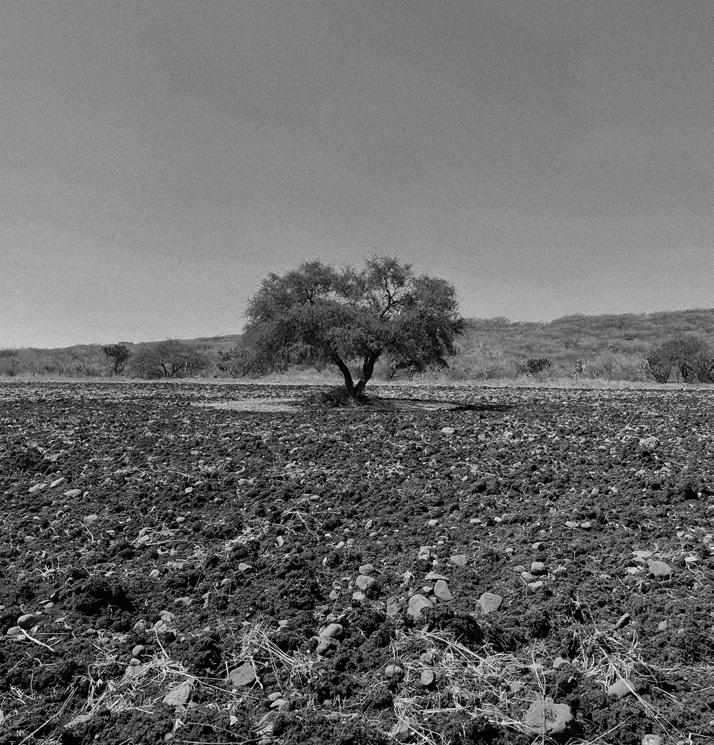
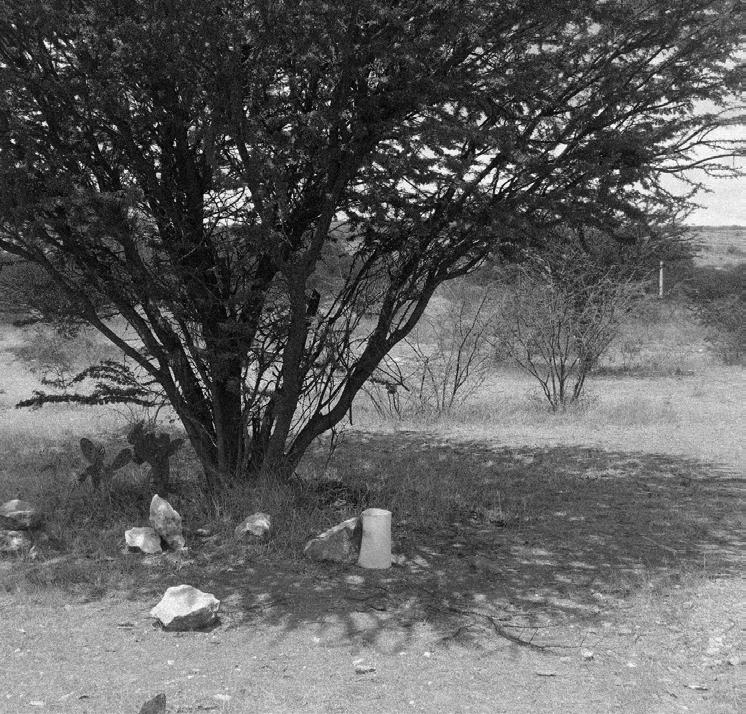




e site in which the project will be developed is located in a valley at the exact point where two runo merge, giving us acces to water.
e site is also already a milpa, which is important because the project aims to respect the natural landscape as much as possible.
e site has a streetfront to the main street of El Nabo making it very accesible for the community.

From Rural to Urban Site / Adaptation
Water has been a vital resource in the history of Querétaro, from the first indigenous people who settled in the area, and developed complex irrigation and rainwater harvesting systems to ensure the survival of their communities, to colonial times when the Spanish
built aqueducts that provided water to the city and allowed the development of agriculture and livestock in the region. e history of water in Querétaro is a sample of the role this resource has had in shaping people’s lives and the development of the region.
Querétaro is facing severe hydric stress, with a water deficit of approximately 242 million m3 per year, e state’s aquifers are being overexploited, with extraction rates exceeding infiltration rates, leading to declining water levels and reduced water quality.
e situation is compounded by the rapid urbanization and population growth in the state, which has increased water demand and reduced the area available for natural water retention. As a result, the state is facing increasing water scarcity



Semi-arid regions like the study site are characterized by low and erratic precipitation, making them particularly vulnerable to changes in rainfall patterns. Climate change has caused an increase in average temperatures, resulting in increased evaporation rates, which have
in turn reduced the amount of moisture available for precipitation. is has led to more frequent and prolonged droughts, and a shift in the timing and intensity of rainy seasons. Sometimes, rainy seasons have become shorter and less predictable, while in others, they
have become more intense, causing flooding and erosion.
ese changes have had significant impacts on agriculture, water availability, and the natural ecosystem in the study site.



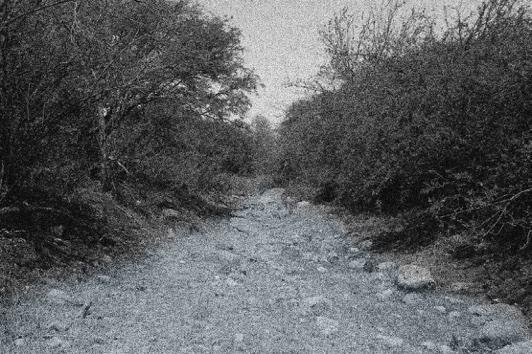

Interviewing the residents of the communities floodings and drought are as dangerous as they are unpredictable.

material Production Logistics transport Center of distribution Logistics transport Point of sale Consumer Waste
e current model of production and distribution of food in México is dominated by large-scale industrial food companies. is model is heavily reliant on the use of agrochemicals and irrigation which have negative environmental impacts and contribute to soil depletion and water scarcity. According to a report published in 2015 by the Mexican National Institute of Ecology and Climate Change, agriculture accounted for 82% of the total water consumption in Querétaro.
e distribution of food is largely controlled by large retail chains and food processing companies, which dictate prices to farmers, this results in it making it difficult for them to cover production costs and leading to the abandonment of small-scale agriculture.
e model also depends heavily on imports, which can leave the food supply chain vulnerable to disruptions, which can result in food shortages and price spikes, particularly for low-income consumers.

To produce and consume in situ, responisbly and e

Ejidos play a significant role in Mexico’s rural economy and agricultural sector, contributing to food production and rural livelihoods. ey are also important as a tool for community cohesion in rural areas.
Under the ejido system, the government would expropriate large estates and transfer the land to rural communities or groups of individuals known as ejidatarios. e establishment of an ejido involved several steps.
e organization of an ejido typically involves a system of governance that is democratic and collective in nature. At the core of the ejido system is the ejido assembly, which is composed of all members of the community who hold a right to use the land. e ejido assembly is responsible for making decisions about the use of the land, such as what crops to plant, how to manage water resources, and how to distribute profits.















































e project revolves around a cooperative model in wich the members colectively own the land and the benefits of the productive vocation of the project.
460 members 50% of their diet covered
Since El Nabo is an ejido, the area surronding the site study is filled with milpas, Milpa agriculture has been practiced for thousands of years and has deep cultural and historical significance. It reflects indigenous knowledge, sustainable farming practices, and the close
relationship between humans and nature, however due to a change in climate conditions it is very hard for this method to produce enough even for the maintenance of the people who work the land.
Por las colinas y las sierras calvas, verdes pradillos, cerros cenicientos, la primavera pasa dejando entre las hierbas olorosas sus diminutas margaritas blancas.


1. Propose multiple-use public spaces.
2. Implement hybrid cultivation methods that are water sensible.
3. Provide means that promote local consumption.
6. Leverage the runoff water and its natural flow towards the infrastructure, whether its gray, green, or blue.
7. Capture, treat, and reutilize rain and residual water, with the use of strategies based on nature itself.
8. Promote and re-dignify the endemic and native vegetation.
9. Public spaces that allow the appropriation of the place.
10. Integrate water as a part of the urban image.
11. Raise awareness of the abundance and scarcity of water.
12. Recover the historical connection with water.
13. Promote inclusion in public space.
19. Make the most of the physical conditions of the terrain.
20. Minimize water loss due to evaporation.
21. Use of materials, techniques and local processes that are sustainable, high quality, and reduce environmental impact.
23. Equipped public spaces that incentivise coexistence and interaction.

e proyect gifts a plaza to the community, this plaza seeks to blur the border between the street and the private space opening up the project to the public. e plaza works as a welcome to the project.

Made up of a roofed area and a esplande, the plaza is thought of as a place to stay or pass. e esplanade serves a vantage ponit from where to see the whole project.


